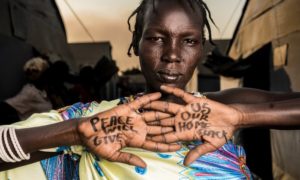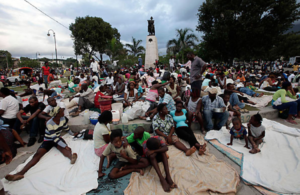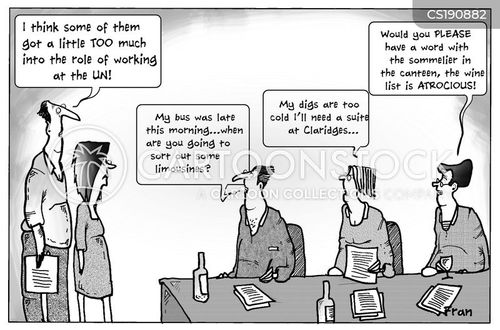Question:
One of the first wisdoms of sociology is that everything is connected to everything else. Anthropologists call this cultural integration. When doing a functional analysis the social scientist looks at the social phenomena in question and probes deeply into not only the obvious and manifest functions that are present -what the phenomena in question is intended to do and what impacts on the major institutions and groups of the society- but also and aggressively the many unintended (both positive and negative) latent consequences of this phenomena. On page 16 Dawes asks, “How do we weigh the unforeseen and often unforeseeable negative results of our humanitarian interventions?” Does Dawes offer any answers to this important question? What are your answers to this question?
Everything is connected to everything else. We as humans are mirrored neurons; a social species connected through each other and define each other. To put this simply: “I am because you are”, our actions simultaneously communicate with each other dictating the next course of action (SOC 376:2-18). This helps explain why in sociology most of what happens we are unaware of and we take our present actions and explain them in the future. All parts of society work together to complete a viable culture in something called functionalism. For this assignment, we were asked to read “That the World May Know” and complete one question in response to our learnings from the novel. Regarding this novel, the social phenomena in question would be the integration of stories and how they are interpreted. Below I attached a video to help describe a functional analysis to those who have not taken an Introduction to Sociology class prior to this course.
Through symbolic interactionism we know that meaning is created not inherent, meaning we cannot decide how one reacts to the stories we tell. This is particularly relevant in the section of the novel entitled “Genocide”, in which the Rwandan individuals interviewed claimed, “they were anxious about the kind of stories being told, about them being turned into stories” (Dawes, 27). In order to maintain their humanity, those affected by the Rwandan genocide did not want to become characters overshadowing the mass terror that they and their country experienced. We begin to question how meaning is created, but more importantly how it is sustained within people. Within symbolic interactionism we know that literature turns experiences into beautiful works of art, however, this may be misinterpreted as trying to uplift the reality of the situation. Sociologists must be careful to avoid the process of reification; turning an experience, such as the genocide, and condensing it into something tangible. This also applies to the use of language and its effect in symbolic interactionism. Within the novel language is the main topic describing that “from using language as a precise tool for the objective, agent-neutral measurement to using it as a form of emotional exhortation and moral coercion” (Dawes, 80).
Functionalism is the process of understanding the connection between all parts of society. This can be found within “That the World May Know” when Dawes describes in the “Integration” section that he “examine[s] how their different organizational goals shape their language practices and how these, in turn, either amplify or diminish their capacity for dealing with state-sponsored violence” (Dawes, 77). Under functionalism, we are able to explore the latent and manifest functions that help evaluate the social phenomena. The latent functions are those, in this circumstance, representing the unforeseeable effects. For example, a latent effect of writing about those affected by the Rwandan genocide; is the dehumanizing of that group of people.
Dawes asks the question “how do we weigh the unforeseen and often unforeseeable negative results of our humanitarian interventions?” (Dawes, 16). When participating in humanitarian aid one is unsure how their actions will affect a particular situation; going back to symbolic interactionism. With the possibility of negative effects, one begins to question why themselves or another would enter into this sector, “it is a question asked frequently of people involved in humanitarian work. It is a question they frequently ask themselves” (Dawes, 117). Perhaps Dawes is answering the larger question with a series of smaller, more personal questions. Through questioning the origin reasoning as to why one becomes a humanitarian, the possible negative results become blinded. Dawes offers another answer to the question when he states that “it may have been the consequence-blind feeling of purpose that comes from simply trying the faith we cling to because it is the basis of our will to act or the confidence that comes from immersion in an institutional culture that performs effectiveness in its very architect” (Dawes, 74). After this quote, Dawes continues to explain how he was enlightened to the idea that perhaps the problem at hand is a lack in education in situations. In the “Storytelling” section it is exclaimed that people want to be genuine and tell the truth, however, I do not believe he offers one concrete answer to the social phenomena.
References
Davis, Daniel, director. Three Founding Sociological Theories. YouTube, YouTube, 31 May 2013, www.youtube.com/watch?v=paA61KfOcEc.
Dawes, James. That the World May Know. 2007.
SOC 376: “How to Become Global Citizens”





